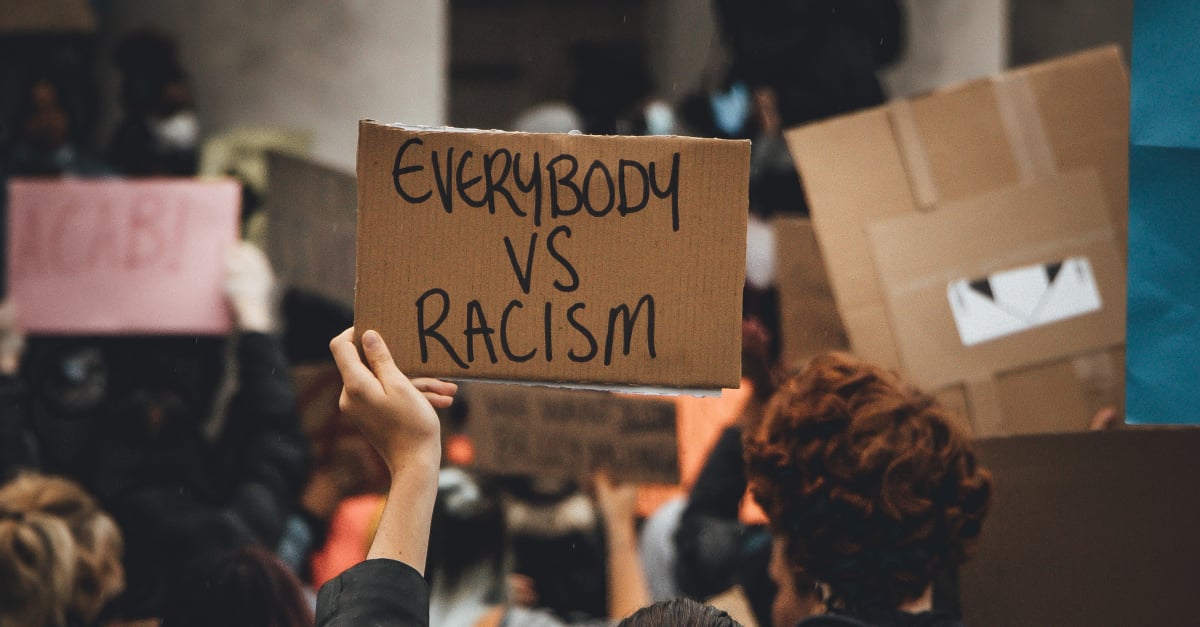
A couple of months ago, I attended a workshop on racial equity, presented by some of the best thinkers on race and racism in Australia, run by the Equal Employment Opportunity Network of Australia. Yet when one of them began an anecdote by evoking ‘a white, a Japanese and a black person’ and went on to describe the effect of their differing positions on the racial hierarchy, I gave a big internal sigh.
There is no straightforward racial hierarchy, since race itself is such an unstable concept. I could already imagine many white-racialised people turning their backs on the entire conversation on the basis of this alone.
You may be right to think I am evoking ‘white fragility’ – but what is the point of these conversations if we are only speaking to the converted? A lot of Diversity, Equity and Inclusion (DEI) work has unintentionally alienated a large sector of the population, therefore we are currently witnessing a backlash against it, as outlined in this piece in the Harvard Business Review that tells us ‘more than 30 [US] state or local bills [are] targeting DEI funding, practices, and promotion at schools’.
I am committed to structural change but I am equally committed to not alienating anyone in this work because change is only sustainable if we bring everyone along.
It is not unusual to see the concepts of race, nationality and ethnicity conflated. As Dr Nilmini Fernando said in a recent episode of the ABC podcast This Working Life, ‘We don’t really understand what race is.’
This lack of clarity is why, as I posted on my LinkedIn, in 2023 we saw so many people, including prominent politicians and radio interviewers, falsely claim that the proposed Aboriginal and Torres Strait Islander Voice to the Australian Parliament was race-based. Perhaps it plays into certain vested interests to perpetuate this confusion.
I have previously suggested it is time to part with the word race, on the grounds that the concept of race is a harmful fiction. Here, I wish to share the reasons why in developing our world-first holistic diversity and data equity platform, Diversity Atlas, we excluded race from our classification system.
The reasons are several:
- Some countries by national law cannot collect data on race and I wanted Diversity Atlas to be a global platform.
- I did not want to perpetuate a harmful myth.
- Race as a concept lacks necessary nuance and accuracy for the meaningful diversity, equity and inclusion work that Diversity Atlas was created to support.
Disaggregated Data to Dismantle Racism
Discrimination is baked into our systems and thinking, so if you want a scientific method for classifying people, you have to disaggregate, i.e. separate concepts into their component parts. Race doesn’t exist, but racism does, and is targeted at people based on their ethnicity and/or appearance and/or nationality and/or religion and/or cultural/language group. This is why indicators in our diversity measurement tool include ethnicity, appearance, languages and dialects, ancestral culture and religion, and why Diversity Atlas’s classification system loses nothing by rejecting the chimeric concept of race.
The divisions in our societies are a direct cause of dehumanising systems that have created broad artificial categories often based on expediency. This can be seen, for example, in national censuses. The US Census has reported that ‘In 2000 and in 2010, the Some Other Race (SOR) population, which was intended to be a small residual category, was the third largest race group’.
Diversity Atlas includes many important elements of identity, amounting to more than 42,000 human attributes. This is the level of granular detail needed in today’s world, a level that allows every person to be acknowledged and included.
This recent letter, signed by attorneys general of 13 US Republican-led states and sent to the CEOs of Fortune 100 companies reminding them of their obligations to ‘refrain from discriminating on the basis of race, whether under the label of “diversity, equity and inclusion” or otherwise’, therefore strikes me as unthreatening to the work of dismantling systemic discrimination.
The Need for Nuance
The problem with using racial terms to categorise people (as in ‘a black person and a white person’) is that it perpetuates crude ways of thinking that can unwittingly perpetuate discrimination, often simply by shifting the discrimination from one group to another. A ‘white person’ may be a Ukrainian refugee and a ‘black person’ may be the President of the United States. It is a complete distortion to categorise people by race, and adding nationality to the mix simply adds another layer of confusion.
This is why we need nuance. This is why we need intersectionality. And this is why we need a nuanced approach to intersectionality, which I’ve also written about here.
Share this Post